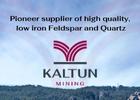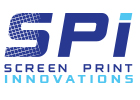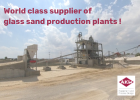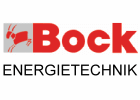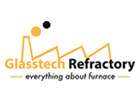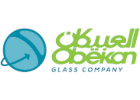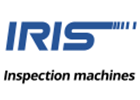INFO
Voici les informations fondamentales de l´entreprise. Cette entreprise a préparé d´autres informations f.ex le site internet, numéros de téléphone, télecopie, contacts, histoire et données géneriques.
Afin de recevoir ces informations en ligne ou pour les avoir imprimés, il faut avoir un "Profile Access" à glassglobal.com valide. Voir conditions ici: Price Info .
Contact
| Adresse | Air Treatment System srl Via Gioberti, 3 20090 Trezzano s/N |
| Pays | Italie |
| Get in contact with Air Treatment System srl |
Produits ou Machines
ATS is able to design and supply pollution control plants by using dry, semi-dry or wet technologies, with different types of reagents (like hydrated lime, HHS lime, sodium bicarbonate, activated carbon, ammonia solution, urea solution, etc ...), and in single or double filtration as a response to the guarantee issues and operation costs.
Waste heat recovery systems
In recent years, the increasing cost of energy combined with stringent environmental requirements for the reduction of CO2 has led to a growing interest in all energy recovery systems . Over the last years, ATS has developed its own know-how in this field, and in particular in the conversion of waste heat from the flue gases into electrical energy.
Such systems, designed in order to optimize the their performances, and often studied in accordance with the flue gas treatment plant existing or future, are generally composed by a boiler through which pass the fluid (usually water/steam or thermal oil ) able to recover the energy required by the system. Once heated it will be possible to use such a fluid, or for process purposes, or, by their expansion inside a generator, for the energy production.
The know-how of ATS in this field allows to choose the most appropriate technical solutions and materials to ensure maximum performances while maintaining the reliability of the equipment proposed.
Flue gas desulphurization systems
FGD (Flue Gas desulphurization) systems can be divided into three categories, based on the state in which you carry out the desulphurization reaction:
1) "wet" process (wet scrubbers)
2) "dry" process (dry scrubbers)
3) "semi-dry" process (spray-dry scrubbers)
Among these three categories of desulphurizing equipment those who are mostly employed are wet scrubbers, especially on large projects not only for their neutralization yield often above the 95%, and considering their reliability <99% but also for the possibility (prevented to others) to obtain gypsum (often marketable) as reaction product if fed with calcium-based reagents, whereas normally, other FGD (dry and semi-dry) produce wastes for landfills.
Wet FGD
Sorbents used in this type of installation can be:
• Calcium-based sorbents:
- calcium carbonate – CaCO3
- calcium oxide – CaO
- lime – Ca(OH)2
- dolomite – CaCO3·MgCO3
• Potassium, magnesium and sodium-based sorbents:
- magnesium oxide and hydroxide – MgO and Mg(OH)2
- soda - NaOH
- soda ash - Na2CO3
- sodium bicarbonate - NaHCO3
ESP
The dry electrostatic precipitators are considered the standard with regard to the dust removal in many industries as, for example, the glass industry. This is to some peculiar characteristics of this equipment: which allows high operating temperatures, up to 470 °C, and at the same time are able to give good efficiency, about 90 - 99%, in order to allow the reach of emissions values as low as 20 mg/Nm3.
These devices utilize electric fields to move the particulate present in the gaseous stream on the collecting plates. Once on the plates such powders are removed by means of a rapping system, realized by the use of hammers in free fall which allow the vibration of these elements and the separation of the particulates by the same. The dust will be collected within particular hoppers and by the same evacuated with a system of screws.
Their structure allows a wide modularity of the ESPs that, regarding the process conditions, could be realized in one or more electric fields in series, and with different dimensions both in height and width in order to satisfy the customers requests and for the environmental limits and regarding the available place to realize such installation.

